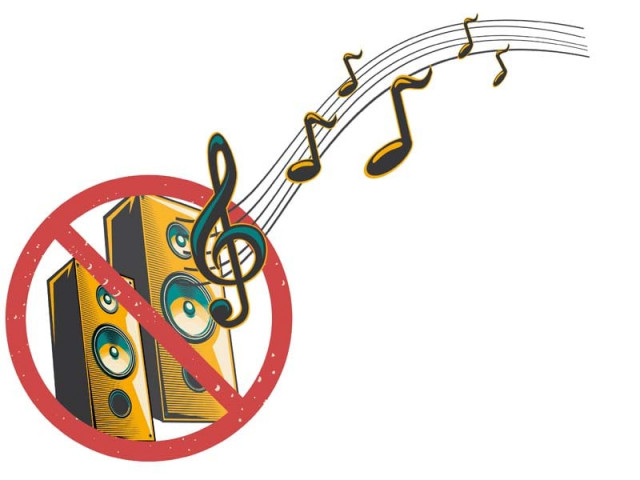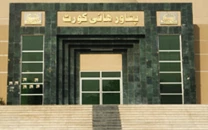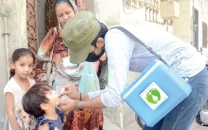From joyful celebrations to forgotten tunes
Seraiki folk Sehras missing from wedding celebrations

The centuries-old tradition of singing folk "Sehras" during weddings in the Seraiki region is slowly disappearing, a loss mourned by many who view it as an integral part of South Punjab's cultural heritage.
For generations, Sehras were not just wedding songs but expressions of familial love and unity, passed down orally through the years. Historically, Sehras played a central role in wedding celebrations, symbolizing the joy, unity, and emotions surrounding marriage.
Sung primarily by women, these folk songs were often accompanied by the rhythmic beats of the dhol (drum), creating a festive atmosphere.
According to cultural experts, the Sehras reflected not only the emotional ties between families but also the vibrant cultural history of the region. In an interview, Professor Maqbool Hassan Gilani, an expert on Seraiki culture, explained that the practice of Sehra singing has been in steep decline since the 1990s.
"In the past, women gathered at the bride or groom's home and sang 'Sehras' well into the night. Today, the tradition has been reduced to brief sessions in wedding halls due to time constraints and changing lifestyles," he shared.
The origins of the tradition can be traced back to centuries before printed text was common, with Sehras being passed down orally. Some songs, such as "Shazaan da banan ni main sehra teeda gawan" and "Mame di gali ghadi a we parnianda jiven," were once popular in districts like Dera Ghazi Khan and Rajanpur.
These folk songs were often not written by established poets but improvised.


















COMMENTS
Comments are moderated and generally will be posted if they are on-topic and not abusive.
For more information, please see our Comments FAQ